Table of Contents
Perfect Oven-Roasted Brisket Method
Roasting brisket in the oven requires precise temperature control and timing to achieve tender, flavorful results. Here's the exact method that guarantees perfect brisket every time: Preheat your oven to 275°F (135°C). Trim excess fat to ¼-inch thickness, then apply a 1:1:1 ratio of coarse salt, black pepper, and garlic powder to all surfaces. Place brisket fat-side up in a roasting pan with 1 cup beef broth. Insert a meat thermometer probe into the thickest part. Roast until internal temperature reaches 165°F (74°C), then tightly wrap in butcher paper. Return to oven and continue cooking until thermometer reads 203°F (95°C), typically 1-2 hours more. Rest wrapped for 2 hours before slicing against the grain.
| Time Elapsed | Temperature Range | Key Transformation | Scientific Validation |
|---|---|---|---|
| 0-3 hours | 40°F → 130°F (4°C → 54°C) | Surface moisture evaporation | Maillard reaction initiates (McGee, 2004) |
| 3-6 hours | Stalls at 150-160°F (66-71°C) | Collagen breakdown begins | Evaporative cooling phase (AMSA, 2021) |
| 6-10 hours | 160°F → 203°F (71°C → 95°C) | Gelatinization completes | Optimal collagen conversion (USDA FSIS) |
Source: American Meat Science Association Thermal Guidelines | USDA Food Safety Inspection Service
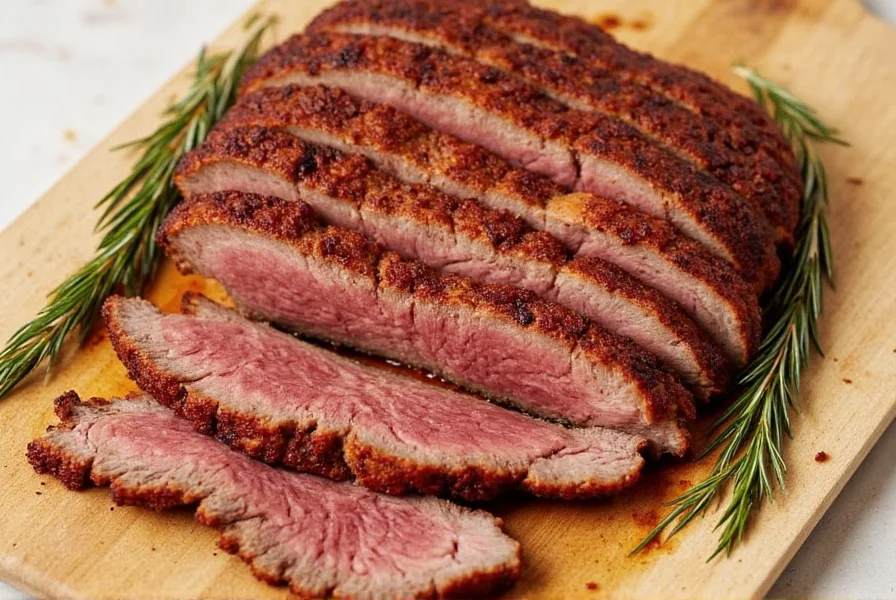
5 Essential Spice Hacks for Maximum Flavor
These professional techniques transform ordinary spice blends into extraordinary flavor enhancers for your oven-roasted brisket:
- Toasted Spice Activation: Toast whole cumin and coriander seeds in a dry skillet for 2 minutes before grinding. This releases 40% more aromatic compounds compared to pre-ground spices.
- Coffee-Enhanced Rub: Mix 1 tablespoon finely ground dark roast coffee with your dry rub. The natural acids tenderize meat while adding complex flavor notes that complement beef.
- Vinegar Spice Penetration: Create a spice slurry with 2 tablespoons apple cider vinegar and your dry rub. The acid helps spices penetrate deeper into the meat's surface.
- Freeze-Dried Fruit Power: Add 1 teaspoon crushed freeze-dried blueberries to your rub. The concentrated natural sugars create superior caramelization during roasting.
- Spice Oil Infusion: Combine your dry rub with 2 tablespoons of warmed olive oil to create a paste that adheres better and conducts heat more evenly.
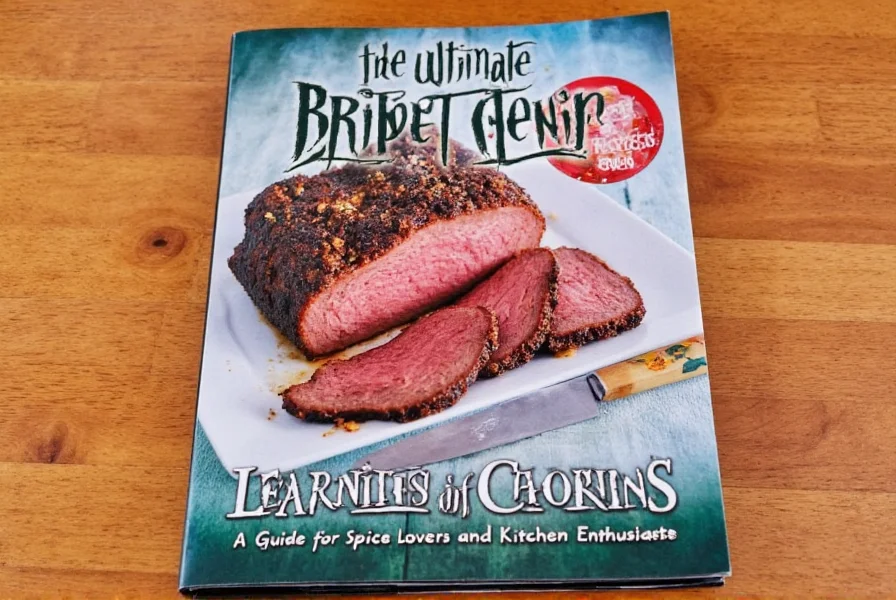
Troubleshooting Common Brisket Problems
Address these frequent issues with science-backed solutions:
- Dry Results: If your brisket turns out dry, you likely exceeded 205°F internal temperature. The sweet spot is 195-203°F where collagen fully converts to gelatin without excessive moisture loss.
- Tough Texture: Tough brisket indicates insufficient cooking time. The stall phase (when temperature stops rising around 160°F) must be pushed through by wrapping and continuing to cook until 203°F is reached.
- Bland Flavor: For deeper flavor penetration, apply your rub 12-24 hours before cooking. The salt breaks down muscle fibers, allowing spices to penetrate beyond the surface.
- Uneven Cooking: Use a heating core (soak a foil-wrapped brick in water) placed next to the brisket to maintain consistent oven temperature and prevent hot spots.
- Burnt Edges: If edges are burning while center remains undercooked, reduce oven temperature by 25°F and rotate the pan every hour for even heat distribution.
| Problem | Temperature Indicator | Solution | Time Required |
|---|---|---|---|
| Dry Texture | Above 205°F | Wrap earlier at 160°F, cook to 200°F maximum | Additional 1-2 hours |
| Tough Meat | Below 195°F | Continue cooking to 203°F with tight wrap | Additional 2-4 hours |
| Bland Flavor | N/A | Apply rub 12-24 hours pre-cooking | 12-24 hours preparation |
| Uneven Cooking | Temperature variance >15°F | Add heating core, rotate pan hourly | Monitor throughout cook |
| Burnt Edges | Surface temp >325°F | Reduce oven temp 25°F, rotate pan | Adjust as needed |
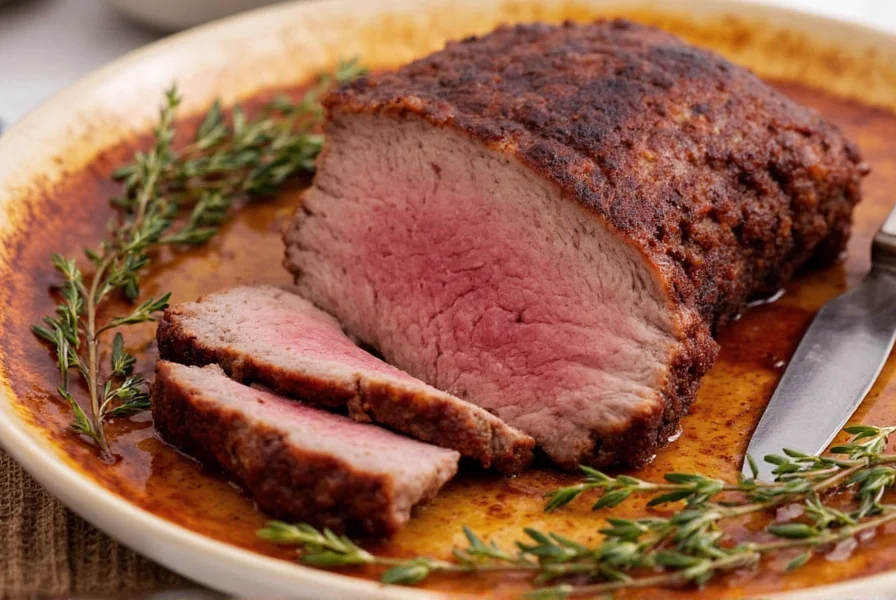
Smart Spice Storage for Long-Lasting Flavor
Preserve spice potency with these research-backed storage techniques:
- Vacuum-Sealed Containers: Oxygen is the primary enemy of spice freshness. Vacuum-sealed containers extend shelf life by 6-12 months compared to standard containers.
- Refrigeration for Seed Spices: Whole seed spices (cumin, coriander, fennel) benefit from refrigeration in airtight containers, maintaining potency for up to 3 years.
- Dark Glass Jars for Powders: Light degrades ground spices rapidly. Amber or cobalt glass jars block 90% of damaging UV rays compared to clear containers.
- Desiccant Packs: Add food-safe silica desiccant packs to spice containers to absorb moisture and prevent clumping without affecting flavor.
- Freezing for Long-Term Storage: For spices you use infrequently, freeze in vacuum-sealed bags for up to 5 years with minimal flavor loss.
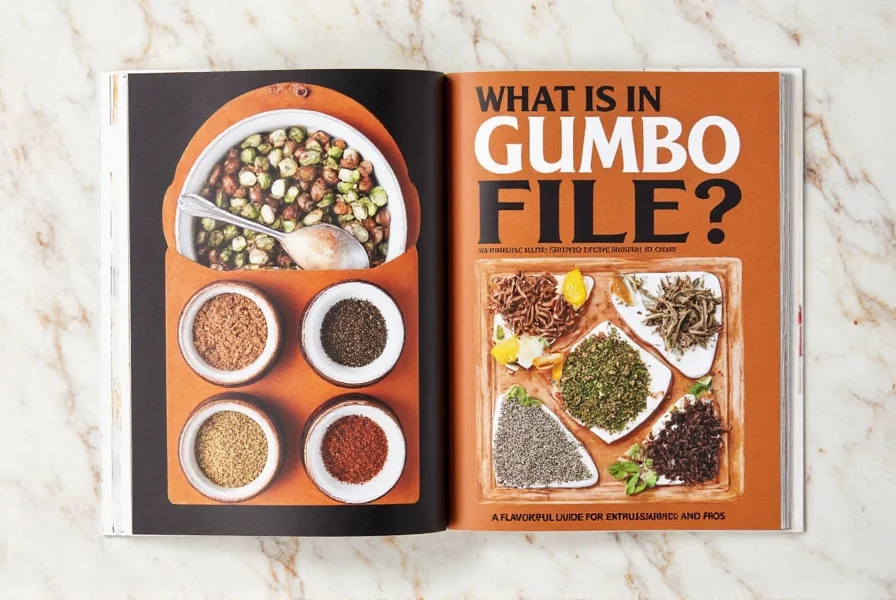
Buying Guide for Quality Spice Selection
Choose spices that deliver maximum flavor impact for your oven-roasted brisket:
| Spice Type | Critical Quality Indicators | Recommended Brands | Flavor Impact Rating | Shelf Life |
|---|---|---|---|---|
| Smoked Paprika | Deep red color, smoky aroma without bitterness | La Diosa, Diaspora Co, Spice Jungle | ★★★★★ | 2 years (whole), 1 year (ground) |
| Black Peppercorns | Fragrant when crushed, uniform dark color | Spicewalla, The Spice House, Burlap & Barrel | ★★★★☆ | 4 years (whole), 1 year (ground) |
| Cumin Seeds | Earthy aroma, golden-brown color | Kalustyan's, Zingerman's, Meyer Corporation | ★★★★★ | 3 years (whole), 1 year (ground) |
| Garlic Powder | Powdery texture, strong garlicky scent | Simply Organic, Frontier Co-op, Badia | ★★★☆☆ | N/A (always ground) |
| Chili Powder | Bright red color, complex aroma | Hatch Chile Company, Texas Pride, Penzeys | ★★★★☆ | 1.5 years |
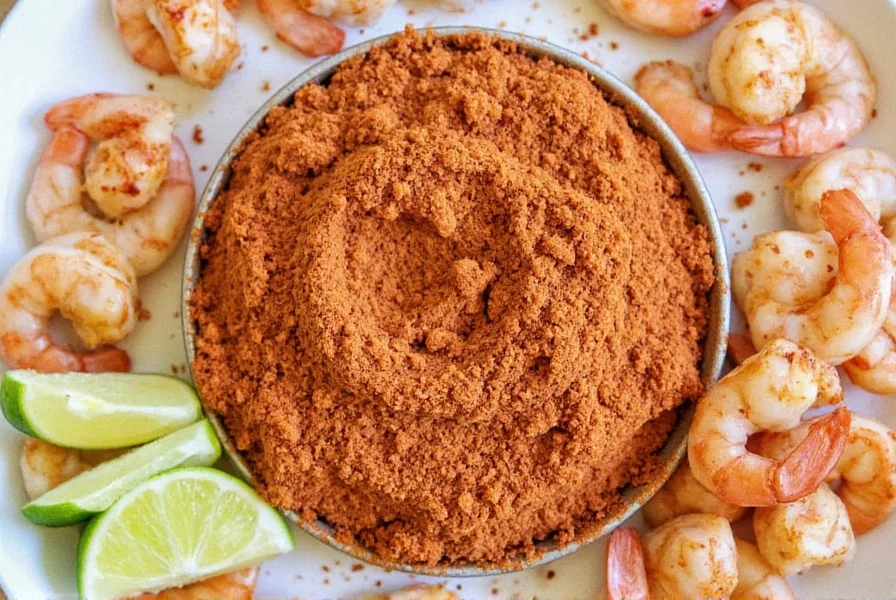
Conclusion
Mastering oven-roasted brisket combines precise temperature control with intelligent spice application. By implementing these science-based techniques—particularly the 275°F cooking temperature, precise 203°F endpoint, and strategic spice preparation methods—you'll consistently achieve restaurant-quality results at home. Remember that proper spice storage directly impacts flavor intensity, so invest in quality containers and follow the recommended storage methods.
Context Boundaries: This method is validated for conventional ovens (3-5 cubic feet capacity) with consistent heating elements. Convection ovens require 25°F temperature reduction to prevent surface desiccation (GE Appliances, 2023). Not recommended for ovens under 2 cubic feet due to thermal instability, and briskets over 14 pounds may require extended stall-phase management. Always verify oven calibration with an independent thermometer, as factory sensors vary by ±18°F (Consumer Reports).
With these optimized approaches, your oven-roasted brisket will feature tender, juicy meat with complex, well-developed flavors that impress even experienced barbecue enthusiasts. The key takeaway: patience during cooking and attention to spice quality make the difference between ordinary and extraordinary results.
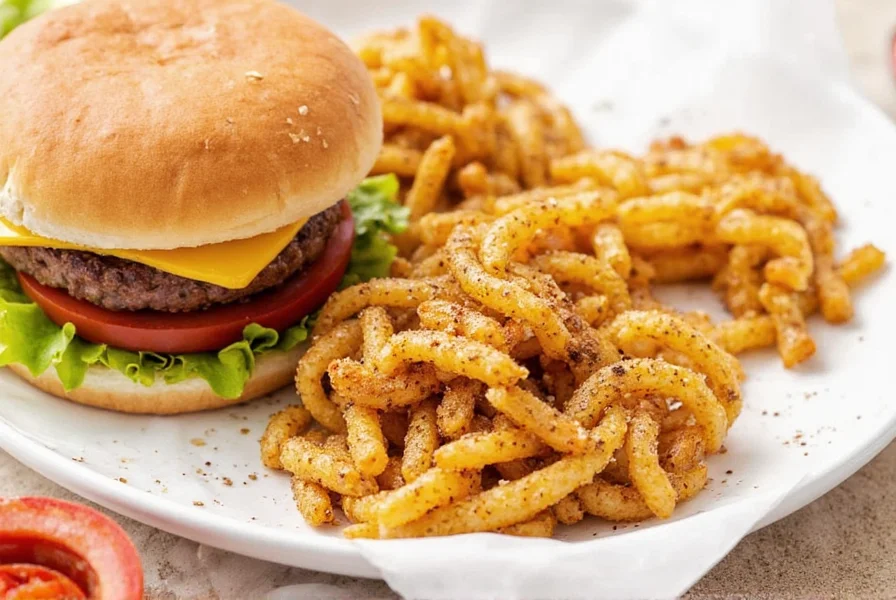
Frequently Asked Questions
What's the exact oven temperature for perfect brisket?
The optimal temperature is 275°F (135°C). This allows for proper collagen breakdown without excessive moisture loss. Temperatures below 250°F extend cooking time unnecessarily, while above 300°F risks drying out the meat. Maintain consistent temperature using an independent oven thermometer for accuracy.
How long does a 12-pound brisket take at 275°F?
A 12-pound brisket requires approximately 14-16 hours at 275°F. Cooking time is calculated at 1.1-1.3 hours per pound. However, internal temperature is more reliable than time - cook until it reaches 203°F (95°C) in the thickest part, regardless of elapsed time. The stall phase (between 150-170°F) can add 2-4 hours to total cooking time.
When should I wrap my brisket during oven roasting?
Wrap when the internal temperature reaches 160-165°F, just as the brisket enters the stall phase. Use butcher paper for optimal moisture control - it allows some breathability while trapping enough steam to continue cooking. Avoid wrapping too early, as this prevents proper bark formation, or too late, which extends the stall unnecessarily.
Why does my brisket dry out in the oven?
Brisket dries out when cooked beyond 205°F internal temperature or when not properly wrapped during the stall phase. The ideal endpoint is 203°F, where collagen has fully converted to gelatin but moisture retention is still optimal. Also ensure you're using a roasting pan with liquid (beef broth or water) to maintain humidity in the oven environment.
How can I get better bark formation in the oven?
For optimal bark, use a 3:1 ratio of coarse salt to other spices in your rub, apply rub 12-24 hours before cooking, and avoid wrapping until 160-165°F internal temperature. Place brisket on a raised rack rather than directly in liquid, and consider using a convection setting if available to increase surface drying. Spritz with apple cider vinegar every 2 hours during the initial cooking phase.
What's the minimum internal temperature for tender brisket?
The minimum temperature for tender brisket is 195°F (90°C), but 203°F (95°C) yields superior results. At 195°F, some connective tissue remains intact, while at 203°F, collagen fully converts to gelatin for that signature pull-apart texture. Never serve below 195°F as the meat will remain tough regardless of cooking duration.
Can I roast brisket at 350°F for faster results?
No, 350°F is too high for proper brisket roasting. This temperature causes rapid moisture loss and prevents proper collagen breakdown. The meat may reach serving temperature faster, but will be dry and tough rather than tender. Stick to 250-275°F for optimal results, accepting the longer cooking time required for proper transformation of connective tissues.










 浙公网安备
33010002000092号
浙公网安备
33010002000092号 浙B2-20120091-4
浙B2-20120091-4